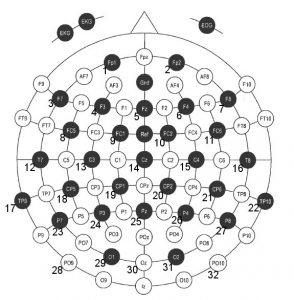
Abstract
Working or Travelling in the backcountry carries inherent risk. In British Columbia (BC) there are 1900 incidents per year, out of which 2100 people have been rescued by 3000 volunteers in 79 SAR (Search and Rescue Groups) [Dwight Yochim]. The only mode of communication is a Satellite Emergency Messaging Device (SEND).these devices combine the functions of a GPS with a commercial satellite phone in text only (SMS) mode. They are not able to make voice calls, but they can send text messages through various gateways to email, mobile phones and to social media.
Triggering a SEND device means hitting the “SOS” or “911” button intended to issue an emergency alert call for help. When a SEND device is triggered, the following sequence of events occur:
- User’s position and request for help are sent through a commercial satellite system to a ground monitoring agency.
- Agency passes along the alert to the appropriate local responding agency. In British Columbia this is the Joint Rescue Coordination Centre (JRCC) in Victoria, BC.
- The JRCC determines what kind of response is required. For ground-based alerts they send the message to EMBC’s Emergency Coordination Centre in Saanichton, BC.
- The ECC activates the nearest BC ground search and rescue team.
- The team mobilises with resources depending on the location and severity of the incident.
In the 2021-22 winter season 35 people died in the US and the average annual deaths related to winter activity is 22.8 [BC Coroners Service] in BC. This number is likely to climb as it is getting harder to anticipate hazards given climate change and rising uncertainties related to snowpack. Assuming we have the data, we believe it would be beneficial if we can predict real time health conditions in case of an emergency based on a pattern extracted from the past. Having a prediction will allow SAR groups to mobilise resources accordingly.
Data
1. The SEED dataset was collected from 15 subjects (seven males) when they were asked to watch 15 film clips. The duration of each film clip was about 4 min, and each film as easily understood in order to elicit emotion of 15 subjects participating in the experiments effectively. There were 15 trials for each subject and each trial lasted for 305 s consisting of a hint of start for 5 s, a movie clip for 4 min, a self-assessment for 45 s, and a rest for 15 s. EEG data in SEED dataset was collected from 62 electrodes, which includes more information than the DEAP dataset. After collection, EEG data was downsampled to 200 Hz and applied with a bandpass filter from 0 to 75 Hz.
in this dataset, the data are applied with a frequency filter from 4.0 to 45.0 Hz in order to equitably evaluate the proposed network. Negative, positive, and neutral are emotion labels in this dataset that represent the subjects’ emotion states during each experiment. Label value of negative, positive and neutral is −1, 1, and 0, respectively. Thus, labels in the SEED dataset include three categories.

this dataset contains 16 participants, and has 66 electrode nodes
2. Grasp lift detection dataset, we also found a dataset that uses EEG signals to identify motions.

There are 12 subjects in total, 10 series of trials for each subject, and approximately 30 trials within each series. The number of trials varies for each series. The training set contains the first 8 series for each subject. The test set contains the 9th and 10th series.
the motions part of the dataset.
- HandStart
- FirstDigitTouch
- BothStartLoadPhase
- LiftOff
- Replace
- BothReleased
Model
Now the goal is to identify a relationship between emotion and motion. This would contribute to research and help us develop a proof of concept that can be utilized later.
- CNN
- Transformers
- DCCA model.
